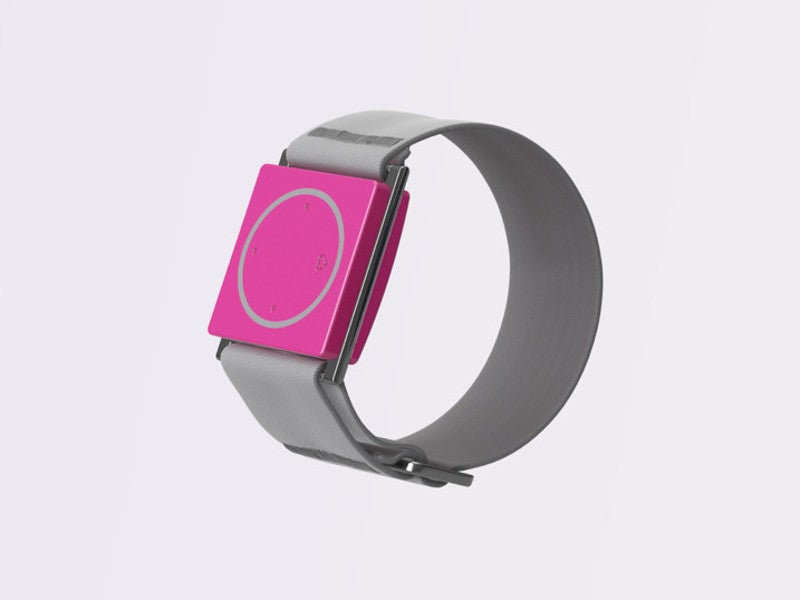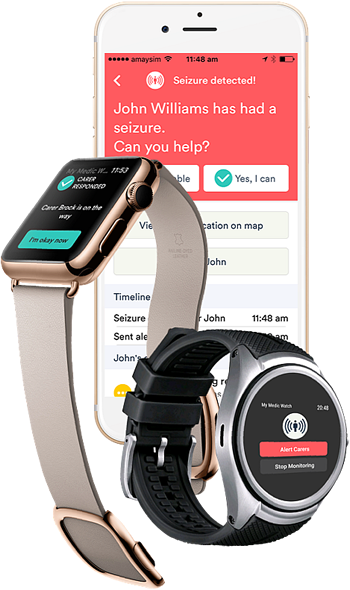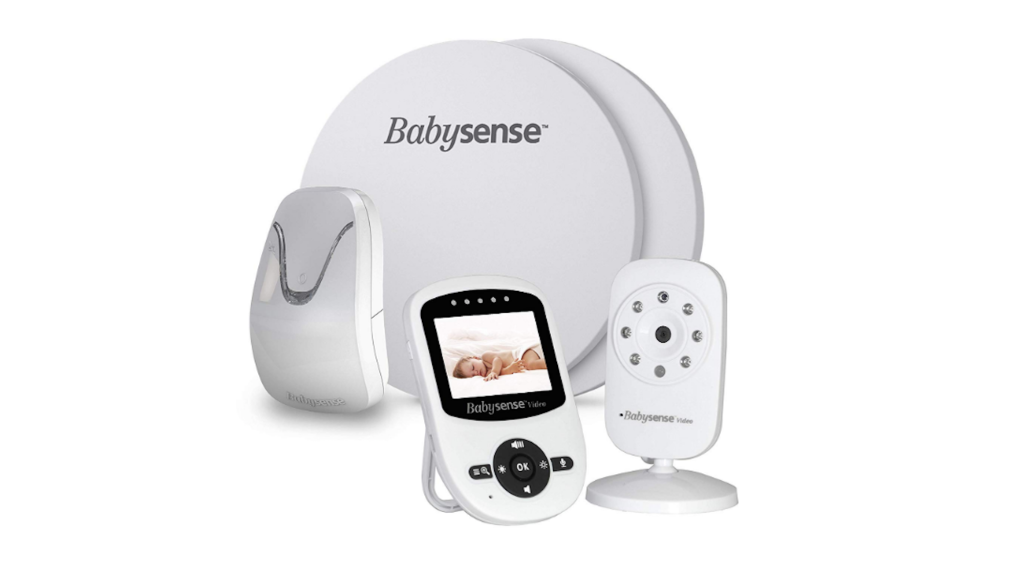EEG detection systems. 1-1: major components of the seizure advisory
-
By A Mystery Man Writer
-
-
4.7(646)
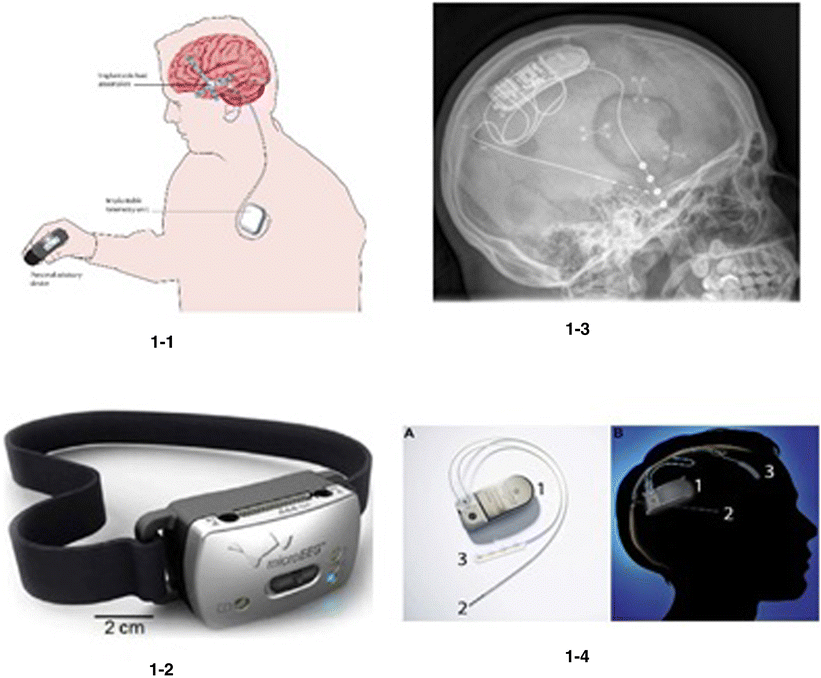
Product Description
Download scientific diagram | EEG detection systems. 1-1: major components of the seizure advisory system: intracranial electrode arrays (location shown by grey areas) were used to collect intracranial EEG data on the cortical surface. Leads were connected to a subclavicularly placed implanted telemetry unit, which wirelessly transmitted data to an external, hand-held personal advisory device. The external device received the telemetered EEG and displayed the resultant information as a series of advisory lights—blue (low), white (moderate), or red (high) indicators—in addition to an audible tone or vibration, or both [45•]. 1-2: microEEG attached to a headband [43••]. 1-3: RNS stimulator with depth and surface electrodes. Notes: example of a patient with both neocortical surface electrodes and hippocampal depth electrodes [46]. 1-4: (A) NeuroPace RNS Neurostimulator. (B) Implanted schematic. The RNS system is unique due to its ability to respond as needed instead of remaining active continuously. The RNS device (1) is attached to depth electrodes (2) and/or cortical strip leads (3), and when seizure activity is detected, the RNS responds with electrical stimulation to prevent neuronal synchronization and onset of seizure activity. Reprinted with permission from NeuroPace [47] (copyright permission required for use of figure) from publication: Seizure detection: do current devices work? And when can they be useful? | Purpose of review: The unpredictability and apparent randomness of epileptic seizures is one of the most vexing aspects of epilepsy. Methods or devices capable of detecting seizures may help prevent injury or even death and significantly improve quality of life. Here, we | Seizures, Devices and Epilepsy | ResearchGate, the professional network for scientists.
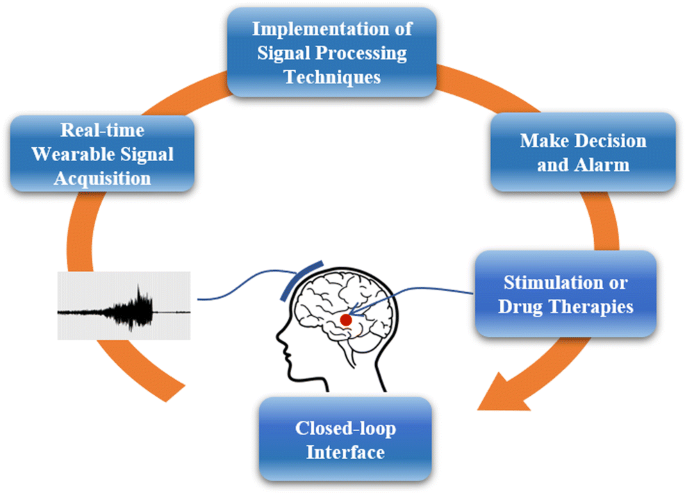
Trends and Challenges of Processing Measurements from Wearable Devices Intended for Epileptic Seizure Prediction

Brain Source Imaging in Preclinical Rat Models of Focal Epilepsy using High-Resolution EEG Recordings

Typical seizure prediction system: (a) Highly integrated seizure

Human interictal epileptiform discharges are bidirectional traveling waves echoing ictal discharges
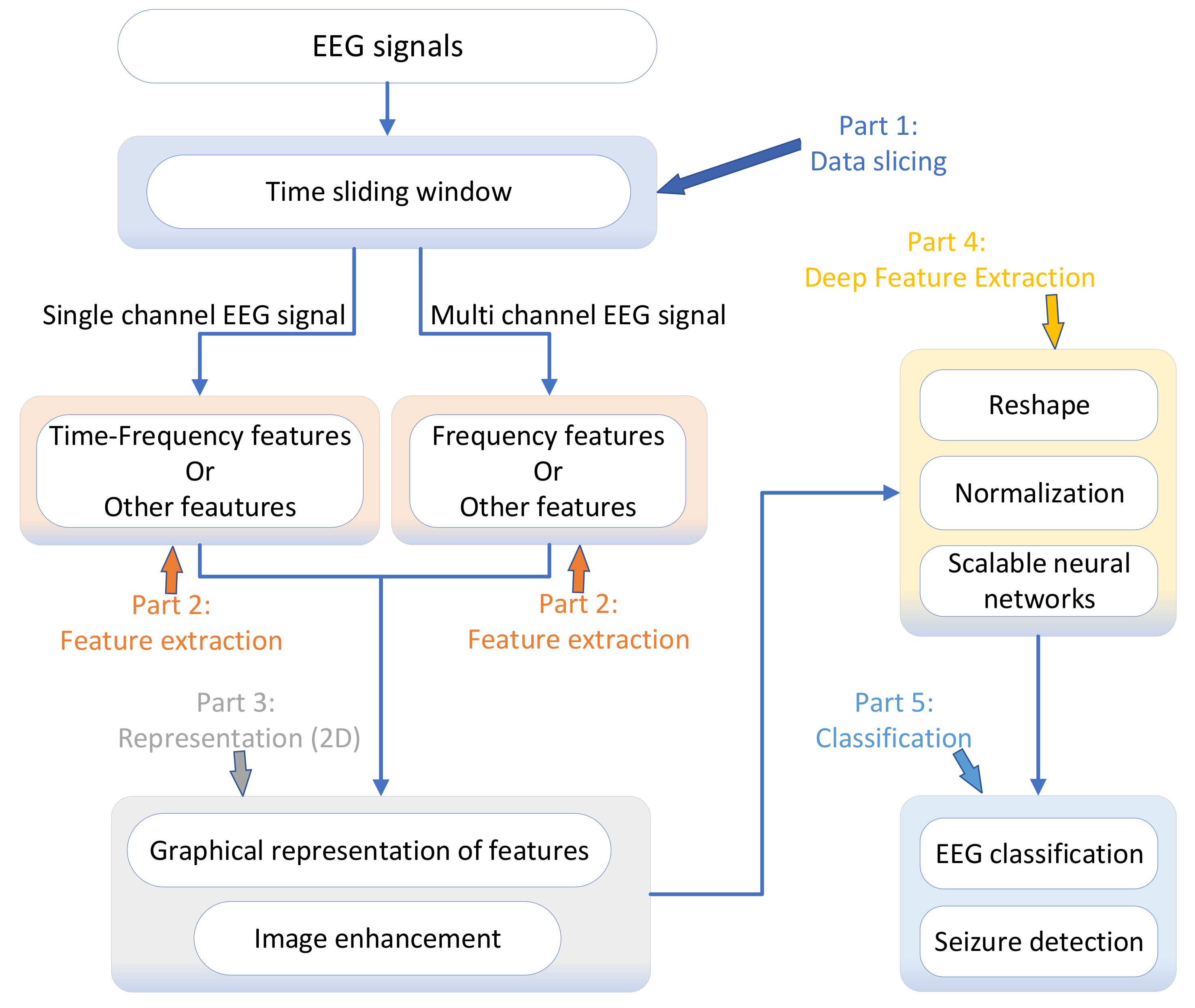
Sensors, Free Full-Text
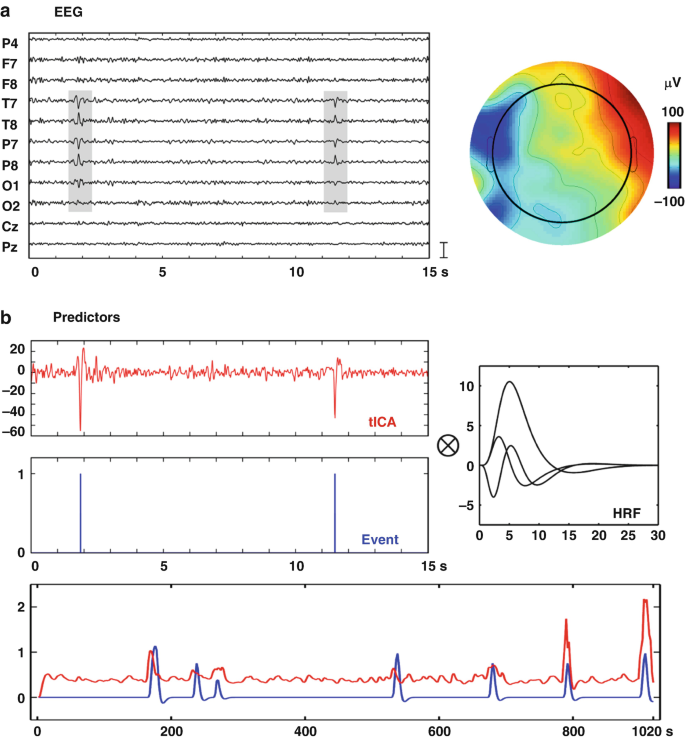
Simultaneous EEG-fMRI in Epilepsy
Basic Concepts and Clinical Findings in the Treatment of Seizure Disorders with EEG Operant Conditioning - M. Barry Sterman, 2000
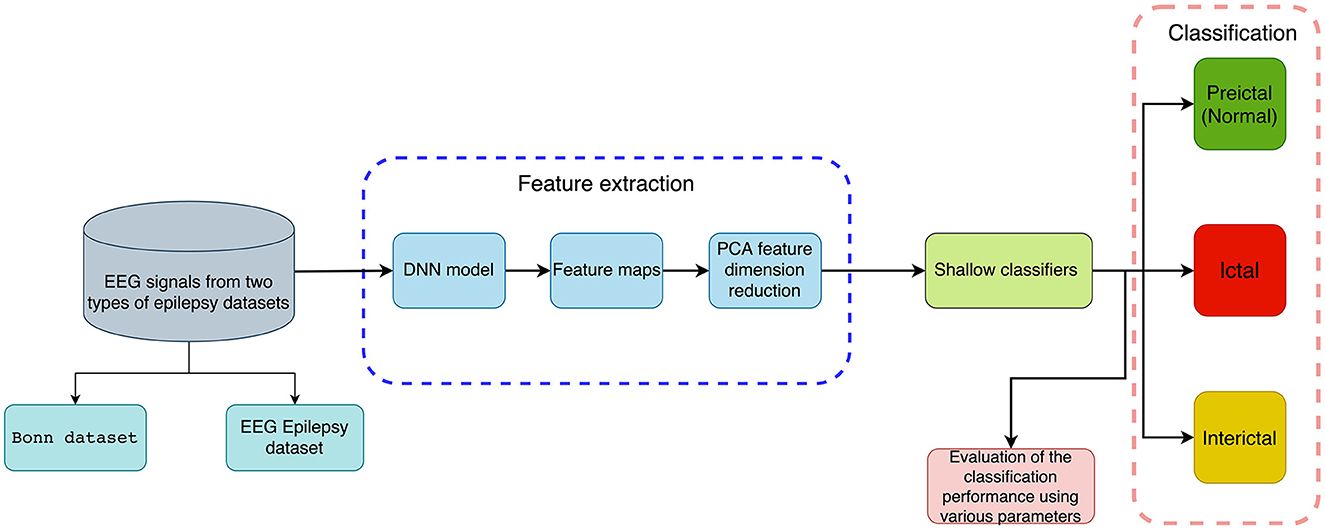
Frontiers Epileptic seizure detection with deep EEG features by convolutional neural network and shallow classifiers

Automated seizure detection systems and their effectiveness for each type of seizure - ScienceDirect

PDF) A Study of EEG Feature Complexity in Epileptic Seizure Prediction


